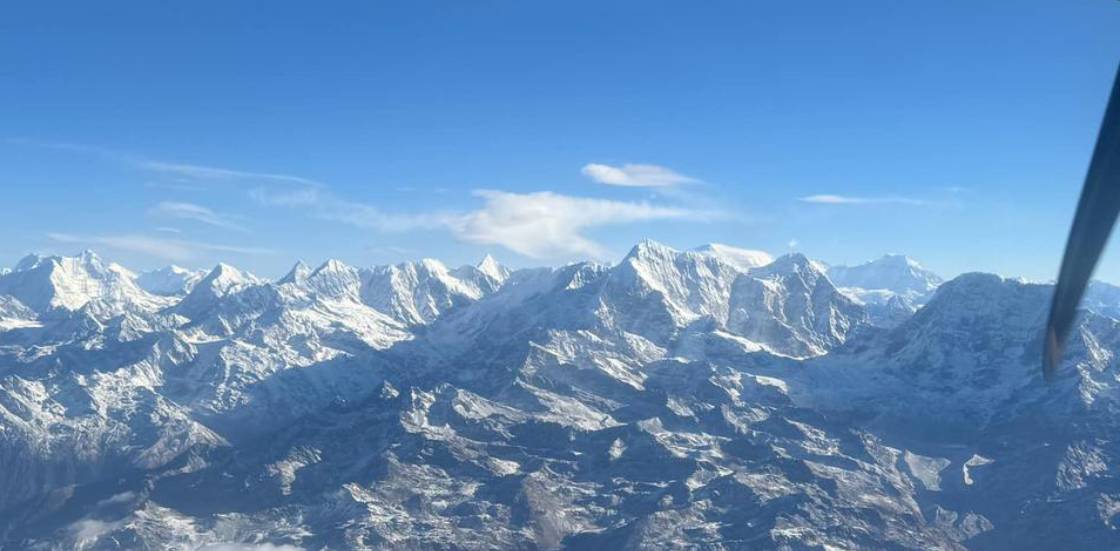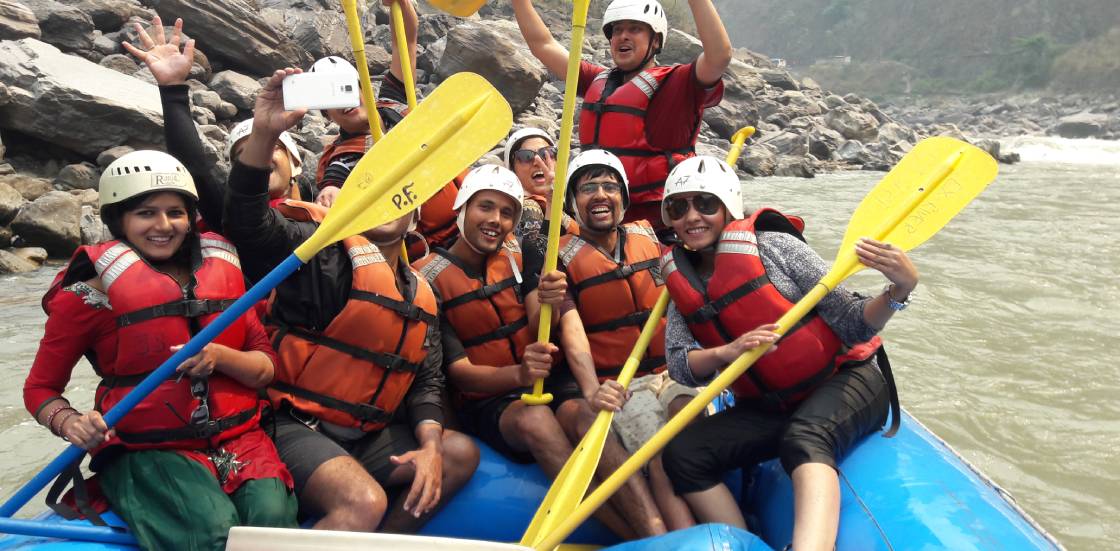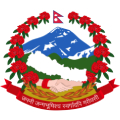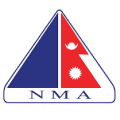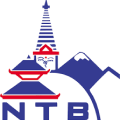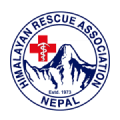Canyoning

Tour Duration
1 day
Best time to go
Sep-Nov, Mar-May
Group Size
2-25 People
Tour Grade
easy
Area
Nepal
Hours of Walking
2-3 hrs
Start point - End point
Kathmandu or pokhara
Canyoning in Nepal is an exhilarating adventure sport that combines rappelling, sliding, jumping, swimming, and climbing through stunning waterfalls, deep gorges, and rocky cliffs. With Nepal’s rugged terrain, numerous rivers, and cascading waterfalls, the country has become a prime destination for canyoning enthusiasts looking for an adrenaline-packed outdoor experience. This activity is perfect for those who love nature, adventure, and a bit of a challenge, as it allows participants to explore Nepal’s hidden canyons, lush forests, and crystal-clear streams in an exciting and unique way.
Canyoning is an adventure sport that blends exploration, physical challenge, and natural beauty as participants navigate through rugged canyons using techniques such as rappelling, sliding, jumping, swimming, and scrambling over rocks. The main theme of canyoning revolves around experiencing the raw power of nature while testing one’s endurance, agility, and courage. Unlike traditional hiking or mountaineering, canyoning takes adventurers through hidden landscapes—deep gorges, waterfalls, and narrow rock formations—offering a thrilling journey through the heart of nature’s most untouched and dramatic terrains.
One of the most captivating aspects of canyoning is the interaction with water and rock. Whether it’s descending a roaring waterfall, sliding down natural rock chutes, or plunging into crystal-clear pools, each movement requires a perfect blend of skill, control, and adventure spirit. This connection with nature makes canyoning not just an extreme sport but also a sensory experience—the sound of rushing water, the cool mist on the skin, and the sight of towering rock walls create an immersive adventure unlike any other.
Beyond the adrenaline rush, canyoning embodies the spirit of teamwork and exploration. Most canyoning routes require careful planning, technical skills, and coordination with fellow adventurers. Trust in safety gear, professional guides, and fellow team members is essential, making it a sport that fosters camaraderie and personal growth. Each descent into a canyon is unique, challenging individuals to push their limits while embracing the beauty and unpredictability of nature.
Environmental conservation is another core theme of canyoning. Since the sport takes place in pristine, often remote natural locations, responsible canyoning practices emphasize leaving no trace, preserving the delicate ecosystem, and respecting local wildlife. Many canyoning enthusiasts advocate for the protection of freshwater sources, waterfalls, and canyons, ensuring that future generations can continue to experience these breathtaking landscapes.
In essence, canyoning is more than just an extreme sport; it is a fusion of adventure, nature, and self-discovery. It offers a unique way to engage with the natural world while pushing physical and mental boundaries. Whether undertaken for thrill-seeking, relaxation, or exploration, canyoning provides an unforgettable experience where adventure meets serenity in the heart of the wilderness.
Option 1: Jalbire Canyon (Chitwan District)
Jalbire Canyon, located in Chitwan District near Mugling, is one of Nepal’s most popular canyoning destinations, offering a perfect blend of adventure and natural beauty. Known for its tall waterfalls, deep pools, and slippery rock slides, this canyon provides an exhilarating experience for both beginners and experienced canyoners. The site features a series of waterfalls ranging from 5 to 30 meters, making it an ideal place to enjoy rappelling, rock sliding, cliff jumping, and swimming in the refreshing waters of the Jalbire River.
Surrounded by lush forests and rocky landscapes, Jalbire Canyon is not just about adrenaline—it also offers a chance to immerse in Nepal’s pristine nature. The canyoning adventure begins with a safety briefing and equipment check, ensuring a fun yet secure experience under the guidance of trained professionals. The best time to visit is from March to May and September to November, when the water levels are ideal for canyoning.
Easily accessible from Kathmandu, Pokhara, and Chitwan, Jalbire is perfect for those seeking a short yet intense adventure. Whether you’re an adventure enthusiast or a first-timer, Jalbire Canyon guarantees an unforgettable canyoning experience in Nepal’s untamed wilderness.
Option 2: Sundarijal Canyon (Near Kathmandu)
Sundarijal Canyon, located just 15 km from Kathmandu within Shivapuri National Park, is one of the most accessible and thrilling canyoning spots in Nepal. Known for its picturesque waterfalls, deep rock pools, and lush green surroundings, this canyoning destination offers an exciting escape into nature without the need for long travel. It is ideal for both beginners and experienced adventurers, featuring multiple waterfalls ranging from 5 to 25 meters, perfect for rappelling, sliding, cliff jumping, and swimming.
The adventure begins with a short trek through the beautiful forested trails of Sundarijal, followed by a safety briefing from trained canyoning guides. As participants descend through the cascading waterfalls, they experience an adrenaline-packed yet refreshing journey, making it a must-try adventure near Kathmandu.
The best time to visit Sundarijal Canyon is during the spring (March-May) and autumn (September-November) seasons when the water flow is ideal. Since it is close to the capital city, it is perfect for a half-day or full-day adventure for those looking to experience canyoning without venturing far. Sundarijal is also a gateway to popular trekking routes, making it a great pre- or post-trek adventure in Nepal.
Option 3: Lwang Ghalel (Pokhara)
Lwang Ghalel, located about 20 km from Pokhara, offers one of the most scenic and adventurous canyoning experiences in Nepal. Nestled in the heart of the Annapurna region, this canyoning spot combines the thrill of rappelling, rock sliding, cliff jumping, and swimming with stunning natural beauty. The area is surrounded by lush forests, waterfalls, and clear rivers, providing an unforgettable backdrop for the canyoning adventure.
The canyon itself features a series of waterfalls and rock formations, making it perfect for both beginner and experienced canyoners. The descent is not only an adrenaline rush but also a chance to explore the unspoiled mountain landscapes that Pokhara is known for. Canyoning in Lwang Ghalel offers a combination of excitement and relaxation, with time to enjoy swimming in natural pools and soaking in the serene environment.
Apart from canyoning, visitors can also explore the local Gurung village, adding a cultural experience to the adventure. The best time for canyoning here is during the spring (March-May) and autumn (September-November) seasons when the weather is clear, and the water flow is ideal for the activity. Lwang Ghalel is perfect for those looking to add a unique adventure to their Pokhara itinerary while enjoying nature’s tranquility.
Option 4: The Last Resort (Bhote Koshi)
Located near the Nepal-Tibet border, The Last Resort is one of Nepal’s most renowned adventure destinations, offering an unforgettable canyoning experience along the Bhote Koshi River. The resort is famous for its bungee jumping activities, but it also provides an incredible opportunity for canyoning, rafting, and canyon swinging amidst the rugged beauty of the Himalayan foothills.
The canyoning adventure at The Last Resort involves rappelling down waterfalls, sliding through rock chutes, and diving into the crystal-clear pools below, all set against the backdrop of dramatic cliffs and deep gorges. With its unique location near one of the most thrilling rivers in Nepal, Bhote Koshi, canyoning here offers both adrenaline-pumping excitement and stunning views of the surrounding mountain landscapes.
The resort’s proximity to Kathmandu—only about 100 km away—makes it easily accessible for travelers seeking a day trip or a weekend getaway. For those looking to combine multiple adventures, The Last Resort also offers whitewater rafting, canyon swinging, and trekking options. With professional guides and high safety standards, The Last Resort ensures a safe and exhilarating experience. Best visited during spring (March-May) and autumn (September-November), it’s the perfect destination for adventure lovers looking to immerse themselves in Nepal’s natural beauty while pushing their limits.

